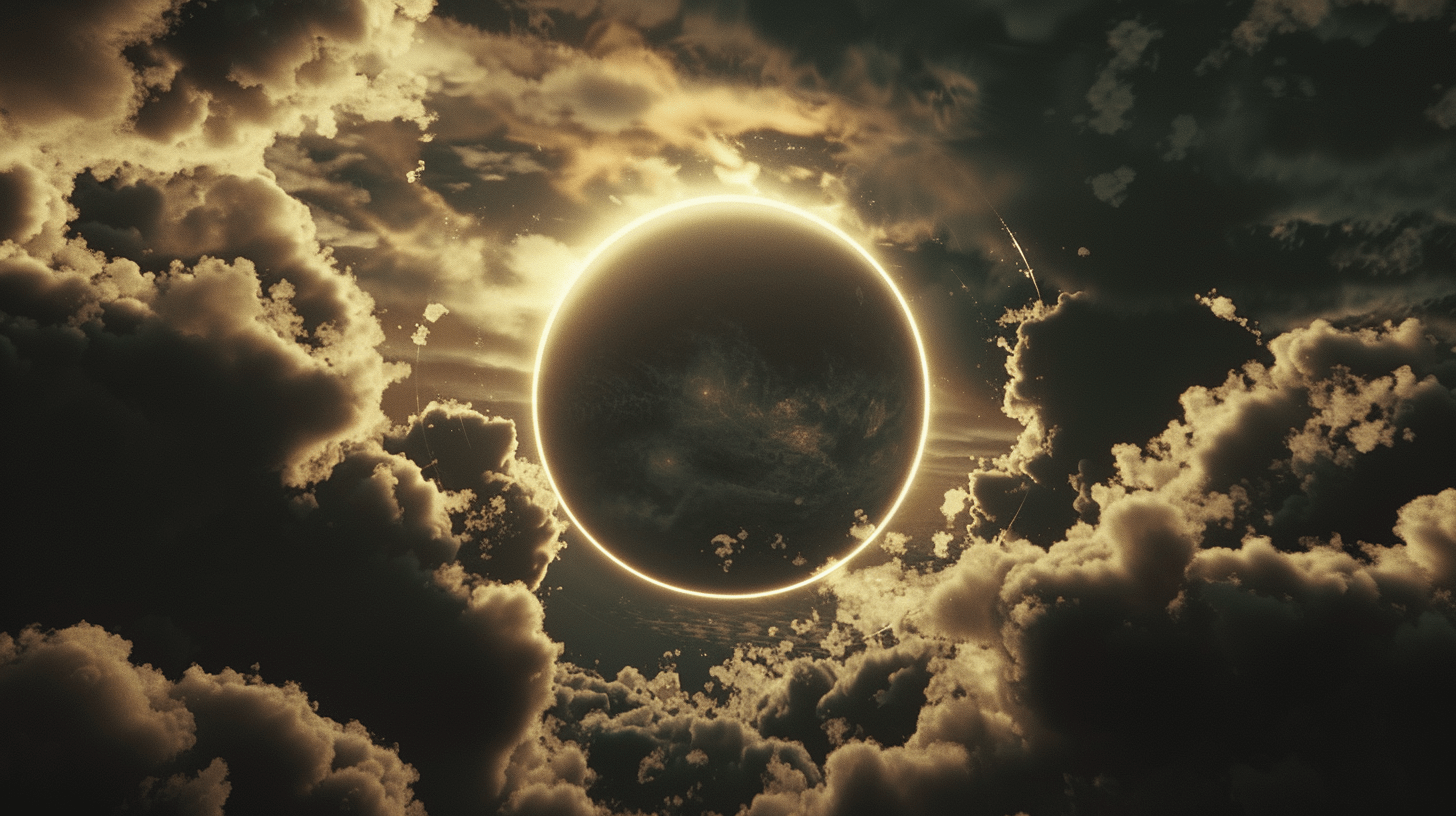Solar Eclipse, what’s the big deal; it’s not like we’ve never seen one. So whats the big deal? This week’s solar eclipse is not just any celestial event; it’s a spectacle that has astronomers and sky-watchers buzzing with excitement. The eclipse, set to occur on April 8, 2024, promises to be an awe-inspiring display for a multitude of reasons, blending the latest trends, challenges, and opportunities in the world of astronomy and celestial observation. Here’s a comprehensive look into what makes this week’s eclipse uniquely fascinating.
The Spectacle of Darkness: A Longer, Darker Eclipse
The upcoming total solar eclipse will distinguish itself by lasting longer and plunging observers into deeper darkness than the one in 2017. This is due to the moon being closer to Earth in its orbit during the event, making it appear larger and thus blocking the sun more completely. Those fortunate enough to be in the path of totality will experience nearly 4½ minutes of darkness, a significant increase from the Great American Eclipse of 2017 (Science News).
A Burst of Solar Activity

Another reason this eclipse is stirring excitement is its timing with the solar maximum, the peak of the sun’s 11-year activity cycle. This means the sun will be more active, displaying a lively show with bright streamers of plasma extending from the solar corona. The increased activity also raises the possibility of observing a coronal mass ejection – a massive burst of solar wind and magnetic fields into space – during the eclipse (Science News).
The Path of Totality: Accessible to Millions
The eclipse’s path of totality, where the moon completely blocks out the sun, will be accessible to an estimated 32 million people, making it an event that many across North America can witness directly. This path will stretch across several major cities, making the phenomenon more accessible to the general population than many past eclipses (Science News).
Celestial Observations: Planets and Comets

Beyond the eclipse itself, viewers will have the opportunity to observe other celestial bodies. Venus and Jupiter, two of the brightest planets in our solar system, will be visible during the eclipse. Additionally, there’s potential to spot Comet Pons/Brooks, also known as the “Devil’s Comet,” depending on its activity level at the time (Astronomy Magazine).
Challenges and Opportunities for Science
Eclipses offer unique conditions for scientific study, particularly of the sun’s corona and the impact of solar events on Earth’s atmosphere. This eclipse will allow scientists to study changes in the ionosphere – a layer of Earth’s atmosphere ionized by solar and cosmic radiation – with unprecedented detail. Understanding these changes can improve our knowledge of satellite communication and GPS accuracy (Science News).
Safety First: Observing the Eclipse
Viewing a solar eclipse requires taking precautions to avoid eye damage. The only safe way to look directly at the sun during an eclipse is through special eclipse glasses that meet international safety standards. These glasses should be used during the partial phases of the eclipse, but they can be removed during totality, the brief period when the moon completely covers the sun (Astronomy Magazine).
A Gateway to the Cosmos

The 2024 eclipse serves as a reminder of our place in the cosmos, offering a rare opportunity to witness the celestial mechanics that govern our universe. It’s an event that brings together communities, scientists, and enthusiasts, all looking up in wonder at the skies above.
As the date approaches, the anticipation continues to build. Whether you’re a seasoned astronomer, a casual sky-watcher, or someone curious about the universe, this eclipse offers a moment of unity and discovery. Don’t miss your chance to be part of this celestial event, a stunning reminder of the wonders that lie just beyond our world.






